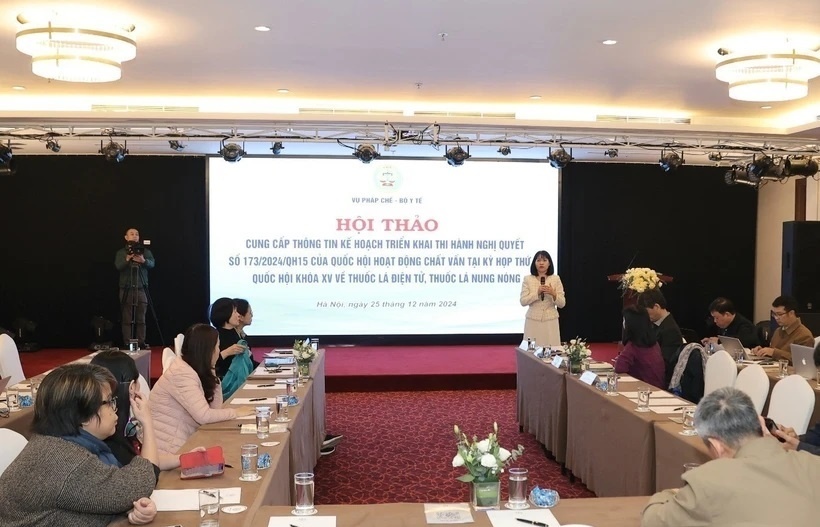MDG on gender equality accomplished

Vietnam has successfully fulfilled the required benchmarks set by the Millennium Development Goal 3
Photo: Le Toan
According to the recently released “15 Years Achieving the Millennium Development Goals in Vietnam” country report, Vietnam has ensured gender equality in both education and employment.
Specifically, the country has eliminated gender inequality in education across all levels. In the 2000-2001 school year, the ratio of girls to boys was 91 per cent at primary, 88.9 per cent at secondary, and 87.8 per cent at high school levels. However, in the 2012-2013 school year, these ratios increased to 91.3, 94.3, and 113.7 per cent, respectively.
More interestingly, higher education (high school and university) witnessed a higher presence of females. In 2000-2001, there were 88 females to 100 males in high schools, and by 2012-2013 females outnumbered males by 14 students per hundred.
Not only has female educational attainment improved, but women have also progressed and proved their crucial role in the teaching profession. While females have been dominant at lower education levels over the years, at higher education levels they accounted for only one third at the beginning of the period. However, by 2012-2013, the percentage of male and female lecturers at universities, colleges, and vocational schools were broadly similar.
According to the Ministry of Planning and Investment (MPI), Vietnam has succeeded in ensuring gender equality in employment. Specifically, women’s situation in non-agricultural jobs has improved remarkably in terms of both quantity and quality. By 2014, 42 per cent of non-agricultural labourers were females, up from 39.9 per cent in 2009 and 40.5 per cent in 2010.
The wage gap between males and females has also narrowed significantly. In 2009, the ratio of male to female average hourly wage in non-agricultural sectors was 114.8 per cent. This meant that on average, a male worker earned an extra VND14,800 ($5.34) per hour for every VND100,000 ($4.65) a female worker made. This wage gap fell to 106.7 per cent in 2014.
Notably, according to the MPI, women have been empowered in Vietnam. The representation of women in the Vietnamese National Assembly in the current 2011-2016 term stands at 24.4 per cent - a relatively impressive number when compared with the average rate of 19 per cent for Asian countries, and the global average of 21 per cent. At lower levels, there was a slight increase in women’s representation. The percentage of women rose from 21.57 per cent in the 1999-2004 term to 25.17 per cent in the current term at the provincial level. At the communal level, this figure also rose from 16.61 to 21.71 per cent.
Still, women’s representation in leadership and management is very low. By last December, the percentage of people’s committee chaired by women was 1.6 per cent at provincial level, 3.6 per cent at district level, and 3.2 per cent at commune level.
What the stars mean:
★ Poor ★ ★ Promising ★★★ Good ★★★★ Very good ★★★★★ Exceptional
Latest News
More News
- HCM City's Metro Line 1 transports 279,000 passengers in first three days (December 25, 2024 | 17:32)
- PM urges investigation into deadly café arson case in Hanoi (December 19, 2024 | 15:57)
- Criminal proceedings start on Hanoi café fire that kills 11 (December 19, 2024 | 15:53)
- Hanoi plans to build nearly 600km of urban railway by 2045 (December 13, 2024 | 11:31)
- Foreign sailor brought ashore for emergency medical treatment (December 13, 2024 | 11:21)
- HCM City needs over 40 billion USD for seven railway lines by 2035 (December 13, 2024 | 11:18)
- Ten needy households in Can Tho receive housing support (December 13, 2024 | 11:12)
- Requirements for foreign drivers, vehicles operating in Vietnam (December 13, 2024 | 11:03)
- Hanoi pushes To Lich river cleanup and urban wastewater overhaul (December 10, 2024 | 14:55)
- Green and smart transition to address urban challenges (December 10, 2024 | 11:47)


















 Mobile Version
Mobile Version